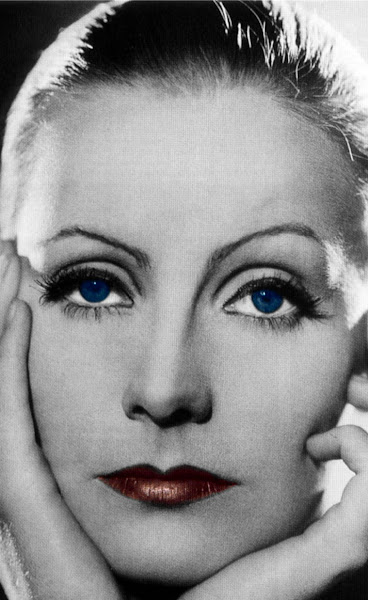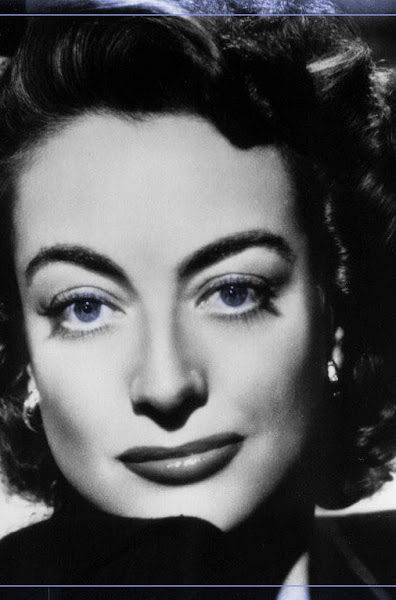 *** out of ****
*** out of ****
Eat your heart out, Mel Gibson—Carl Theodor Dreyer’s meditative “The Passion of Joan of Arc (La Passion de Jeanne d’Arc),” a film now over eighty years old, reigns among all “passion films” because of its powerful visual concentration on the emotional final hours of martyred Joan of Arc. Dreyer’s age-old tale of the young French heroine omits her days of glory and instead humanizes her final hours, which have become the stuff of legend, falling on increasingly indifferent ears as time passes. His potent film attempts to bring the tale to life through stunning close-ups and sharp angles, replete with the angry faces of religious officials and especially the tormented face of Joan herself. However, because the story itself, as can be expected, is already known from the first second, the events and especially the inexhaustible close-ups of Joan sobbing before the camera become a bit tiresome.
Nevertheless, often cited as a marvel of significant visual innovativeness for its use of close-ups, “The Passion” uses the camera extraordinarily effectively. The abundance of close-up shots is astounding visual artistry, certainly revolutionary for its time. Close-ups had never, before or possibly since, been utilized in such an innovative and clever way to communicate human emotion.
The emotional rawness of Renée Maria Falconetti certainly stands out in “The Passion.” Before Demi Moore was rolling perfect tears down her cheek in “Ghost,” Falconetti showed the world how it was done (the Award for Most Tears on Film goes to…). While silent cinema stars were often directed to act a bit exaggeratedly for the camera, the genuineness of Falconetti’s performance runs contrary to this notion and predates the idea of the “method actor.” Emotionally stripped before the camera’s proliferation of imprisoning close-ups, she is largely silent as the religious officials who constantly surround her condemn her as a heretic. Her tears, wide eyes, and upturned gaze are the only confirmations that viewers require to comprehend her state. Even then, she turns Joan into one of the most tragic characters on film through the anguish her unglorified face, with the help of cinematography and no makeup, ardently conveys.
While I have long found it difficult to connect to “passion films,” the film’s visual artistry is undeniable. The plot itself can sometimes become a little tedious, especially when it feels like the film drags its feet a bit in its transition from trial to torture to execution (with a runtime of only eighty minutes!). I personally grew weary of the millions of close-ups of Falconetti with water gushing out of her eyes and anxiously awaited the execution. Although I realize all of those shots are critical to communicating her anguish in the last hours of her life, a good deal of the film might as well be one close-up shot on Joan as she cries and cries and cries and cries some more. (Did Dreyer never hear that less is more?)
Nevertheless, in terms of the visuals, “The Passion of Joan of Arc” is a masterpiece. However, the story itself seems treated rather banally, so something feels lacking there, making it difficult to compare to the outstanding visuals. If for no other reason, the visuals (including Falconetti’s evocative performance) of “The Passion of Joan of Arc” maintain its place in film history and become the reason that viewers should continue to see it. Try to forget that you know the story—you have never seen visuals like these.
“The Passion of Joan of Arc” showed on February 18th as part of the “International Lens” series.
Originally published in the February 25 issue of Versus Magazine: Entertainment & Culture
February 25, 2009
The Passion of Joan of Arc (La Passion de Jeanne d’Arc)
Subscribe to:
Post Comments (Atom)

.jpg)

.jpg)
.jpg)

No comments:
Post a Comment